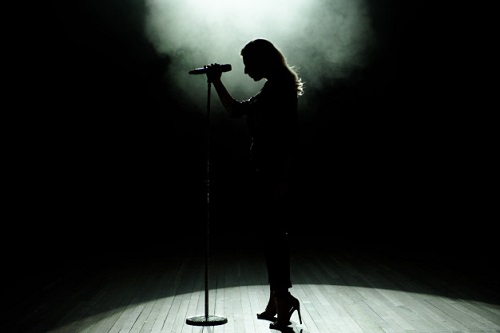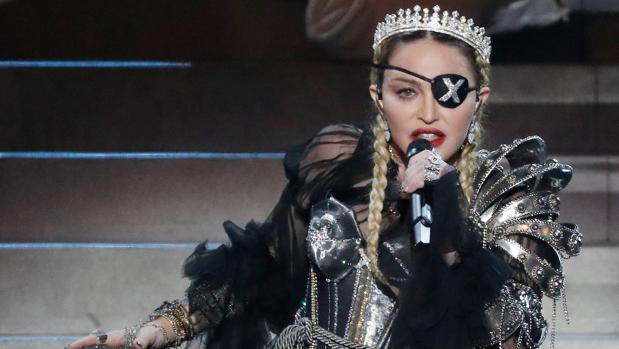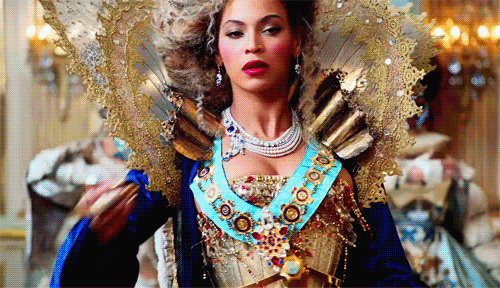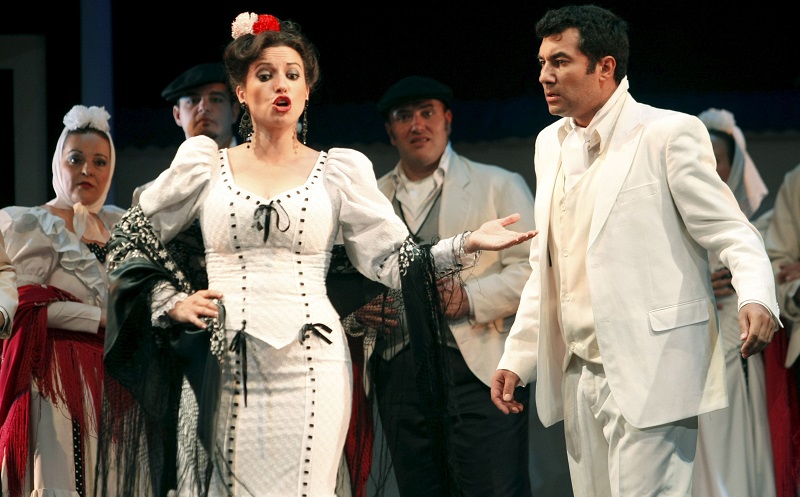This is one of the most complicated blogs I have ever written (and that’s nearly 40). First of all: if you come looking for a clear and unilateral answer to the subject I’m going to address, you won’t find it. But I’m not going to beat around the bush and get down in the mud!
General guidelines
If one thing is clear on the subject of hypersexualisation in urban music, it is that it is a reality that may be familiar, though it has made its presence felt from cabaret to backstage and from Hollywood to MTV to Broadway. Looking at this trajectory, we find a tendency for disagreement and controversy that extends to the present day.
On the one hand, it is undeniable that sexualisation is there, just as its functionality is undeniable: it helps to focus the artists’ careers and to build their characters. A good image is increasingly important and it has been proven that it sells more and better to audiences of both sexes, especially if the image is feminine and suggestive. On the other hand, we will see throughout the blog that image is not the only hypersexualisation strategy for female singers.
Conflict
The fact is that there are arguments circulating around this debate that favour on the one hand this functional aspect, and on the other hand thoughts about gender inequality. One of the main ones supporting this second idea is the lack of sexualisation of male singers. It is quite rare to find half-naked men for no apparent reason in male music videos, but in the work of female singers, however, the consumption of explicit images has become a daily reality.
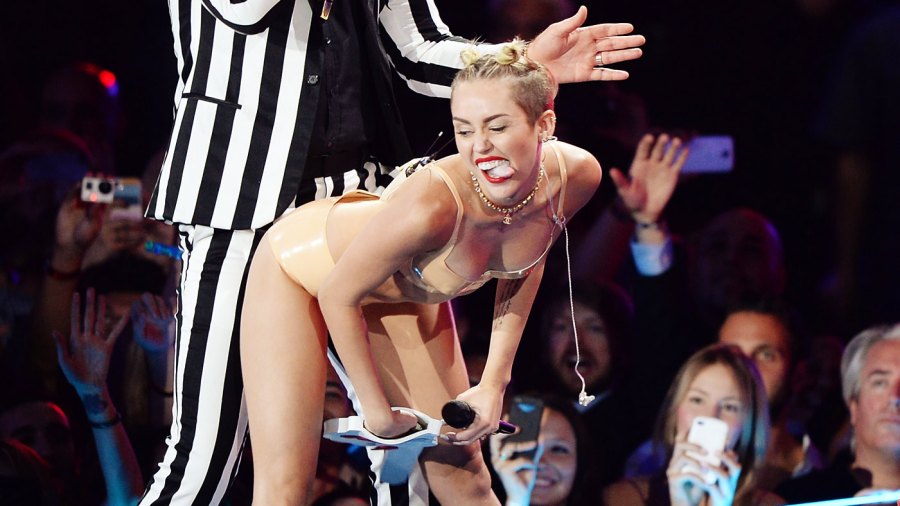
Real facts that reinforce the idea of harassment include the sexualisation of certain pop figures (especially female ones) by the industry, which took advantage of the innocence of some of them at a very early age, as happened in the cases of Miley Cyrus and Selena Gomez, who in some interviews admitted to having felt sexualised in their early artistic stages. However, in a case such as Justin Bieber’s, and despite the fact that there were big shots who sexualised his figure, the harassment took place outside the public sphere and not through his image as a mainstream artist.
Sexuality and sales
But beyond the blatant stories that have involved young artists in issues of harassment, the self-conscious sexualisation of their characters is more frequent in adult singers. The main reason lies in eroticism as a lure for obtaining greater revenues: visits, downloads, streamings, etc. As I comment in the blog of Lithium Hearts: the artist-audience connection through banality, superficiality is a requirement to sell in this sort of golden age of Instagram and the smartphone.
Hypersexualisation also finds its excuse in the free market, which also affects them. If a large number of singers already resort to sexualisation as a particularly relevant component in the construction of their character, the new competition will also aim to sell suggestive images based on similar possibilities.
It is important to clarify that the hypersexualisation of the singers is a matter of contract, under their own decision or in many cases in consensus with the audiovisual production company in charge of advertising, concert posters, video clips, etc. Nothing is done without the artists’ permission. On the other hand, the industry shields itself – in a way – by justifying nudity on the basis of the racy themes of the lyrics.
Are singers independent?
How is it that singers sexualise their characters when they construct them? To understand this, it is important to get it out of our heads that music and audiovisual producers always treat the artist as they please. Yes, it has happened in cases of teenage stars, but some examples that I will discuss below testify to the creation of sexualised characters by the singers themselves, and often (as in the cases of Nathy Peluso or Shakira) they themselves create them in an improvised or natural way. Although we will see that some artists do not admit the sexualisation of their characters, they are always responsible for the way they approach them.
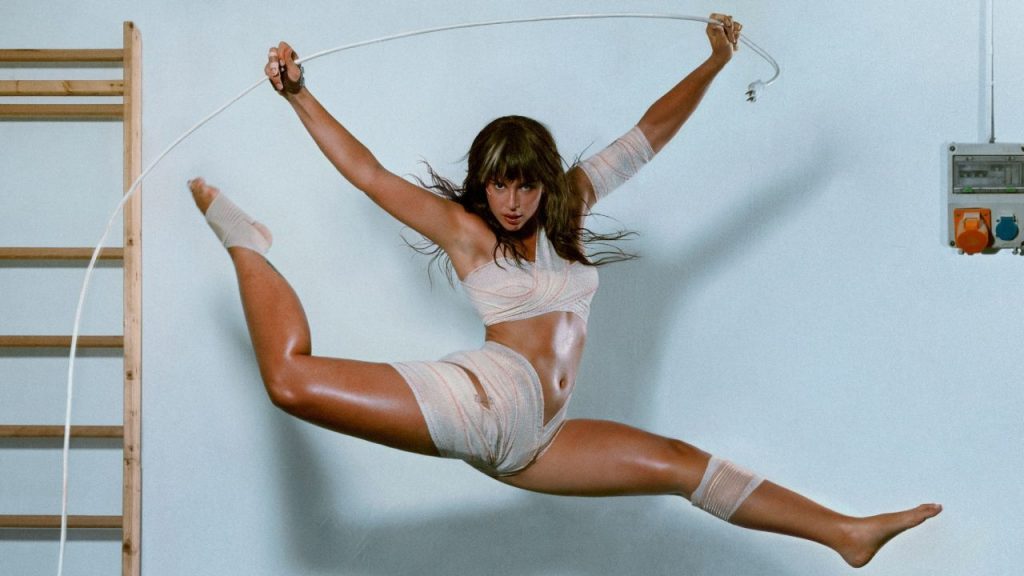
Shakira began her career selling an “alter-ego” of an exotic, primitive, sensual, belly-dancing woman: these traits were not demanded by the industry; rather, they were the result of her ideas of exoticism/eroticism designed for her character. However, the artist Billie Eilish (to give an example) did not choose to sexualise this image of the flamboyant, alternative teenager, possibly because she was not interested in it, since her idea – as I comment in 5 reasons why Billie Eilish has triumphed– – is to sell her most intimate truths dressed up in a solid aesthetic concept.
Denialism in the industry itself?
Returning to Shakira, and together with the cases of other singers who deliberately sexualised their characters (Jennifer Lopez, Rosalía or Nathy Peluso among others), it would be worth making another point, because at this point things get a bit twisted.
As I was saying, some artists do not consider that they have sexualised their characters: in the case of Nathy Peluso, in an interview that can be found in Cosmopolitan and Vanity Fair, she is told that her music is sensual but not sexualised, and she explains: “I don’t consider that to be sexy you have to sexualise yourself”.
For her part, Shakira affirms that her figure is not sexualised in her songs and performances, and even gives the impression that she uses the word “sensuality” to shield herself or escape controversy: “I think there is a lace, an edge of sensuality in my work, although it is not the essence. I don’t think my music is sexualised, there is that sensuality present in what I do”.
Jennifer Lopez, accused in the networks of offering (along with Shakira) an embarrassingly hot show at the 2020 Superbowl, defended herself by commenting: “I honestly think it’s silly. We are both very respectful artists who are also mothers and we are very conscious of what we do”.
The flip side…
…Shakira
If we look at the content of Shakira’s music videos, in which you can see blatantly explicit sexual moves, such as in the choreography of La Tortura.
The torture.
About Rosalía
In 2019 she appeared at the London Premiere dressed in transparencies that could easily be associated with a New Orleans whorehouse madam, and in a latex bodysuit – similar to a BDSM outfit – at the Lion King gala (a realistic recreation of the classic children’s film by Disney). She was directly ignored by the British press, taking her outfit as disrespectful.

Peluso
If in Nathy Peluso’s interview she was told that she does not sexualise her music, the reality is quite the opposite. In her case, what oozes hypersexualisation is precisely the text, as we can read some rather racy expressions in it: constant allusion is made to oral sex (an imperative that would always benefit her) also bordering on BDSM (“if I bend over you feel my clitoris” or “you swallowed all my hot juice”, which is one of the most innovative and unique features of her poetry; the unprecedented brazenness shown by the artist when alluding to sexual practices in the lyrics). This is one of the cases that best reflects the idea that hypersexualisation cannot only be achieved through the image, since the text also grants very varied possibilities for this.
And as I say, it seems that some artists renounce the idea of hypersexualisation precisely so as not to get into trouble with the more progressive sectors of their fandom, who nowadays spend hours crucifying singers and influencers on Twitter. As we can see, under these circumstances the battle to exhibit oneself seems tough: it sells more, but one runs the risk of waking up one day being the target of the controversies of the day. Below we can read some feminist criticisms of the Superbowl show.
But…
Let us think deeply for a moment. The problem is not necessarily the fact that singers exhibit themselves; it is rather the mere fact of exhibition understood as a stigma, and it should be no problem for them to talk freely about it, just as it should be no problem for us to approve of it (at least as long as it is not the industry that is pushing it without the singers’ permission).
But there is another important point in the debate: among the critics of hypersexualisation there are people who see in its concept a objectification by default. But if it is the will of most singers to offer this sexy image, is this objectification justified, is it still objectification when it is obvious that they are conscious of their representations, do they become sexist women or are they simply artists who create certain fantasies in order to fit a product on the market? Maybe they are just adhering to the tight hermeticism of mass consumption.
Education through culture
Another handicap is the thought about the danger of education that is created through the female image in culture. But we have to take into account all the directions this issue takes: let’s look at the fact that hypersexualisation in video clips is – in most cases – accompanied by sexual empowerment. The image this gives us is that of the woman herself as a distant and commanding icon. Let us also look at the examples: two of the four singers discussed construct their character through texts or attire that sometimes suggest not empowerment, but rather BDSM practices, which are based on highly emphasised sexual power relations. The other two are perceived as icons, which would also be active and powerful.
Well, how does this affect the sexual development of children and adolescents, or concepts of sexuality and views of women in general? It is possible that this image has the potential to create a certain image associated with empowered women through sexuality in real life, but it does not necessarily have to shape prejudices, at least if the people who receive this image are fully rational. In any case, this does not promote objectification per se, since in addition to understanding the character for what she is, the mass maintains a distance from the empowered figure.
Definitions
If we think about it carefully, it does not make much sense to speak of objectification with respect to a woman who emanates power, because to objectify is to endow a person with passivity, as if they were an inanimate object to be manipulated. This is where the term objectification comes from; it is the act of treating someone as if they were a thing, stripped of all will. Sometimes we forget that women who appear hypersexualised in video clips are also frequently seen incarnated in “hyperdominant” roles, occupying all the stage space, being the centre of attention and making the camera follow them everywhere, so their role is tremendously active.
However, and although it is not the central theme of this blog, there is a clear objectification in the dancers of some reggaeton, dembow and rap songs (especially American rap, both racialised and non-racialised), among other genres, who appear strutting around the singer dressed in “minimalist” attire while he, fully clothed, appears in the centre of the image. Such fantasies are becoming increasingly stale and unjustified; fortunately they are becoming less and less frequent, precisely because of the advance of social awareness against the objectification of women (which, on the other hand, is by no means in doubt).
To conclude…
With all of the above, the idea that sexualisation in female singers does not necessarily have to promote hejemonic roles is sufficiently argued, although it is true that it is a value that remains stable, exerting a certain pressure on the music industry, and in fact there have been very violent abuses. Moreover, as such, it is a fairly repetitive value and should not necessarily be important for the consumption of the music itself, but image rules, and singers are aware that discarding the sexual component also rules out a certain level of income, visits, permeability in advertising, etc. It is precisely from this that exhibitionism is an attraction in the careers of so many artists.
Anyway, I hope this blog has been as interesting for you as it has been for me to investigate, contrast and write up each idea; as you can see it is a complicated subject in which it seems normal that our opinion is crossed with various shades of grey external to our biases, but it is very important to dialogue and think critically. If you would like to make any contribution do not hesitate to comment below! I leave you other blogs of similar themes, and remember that you can buy rap, trap, dembow, pop, r&b, dembow, reggaeton, instrumentals! A la carte.
